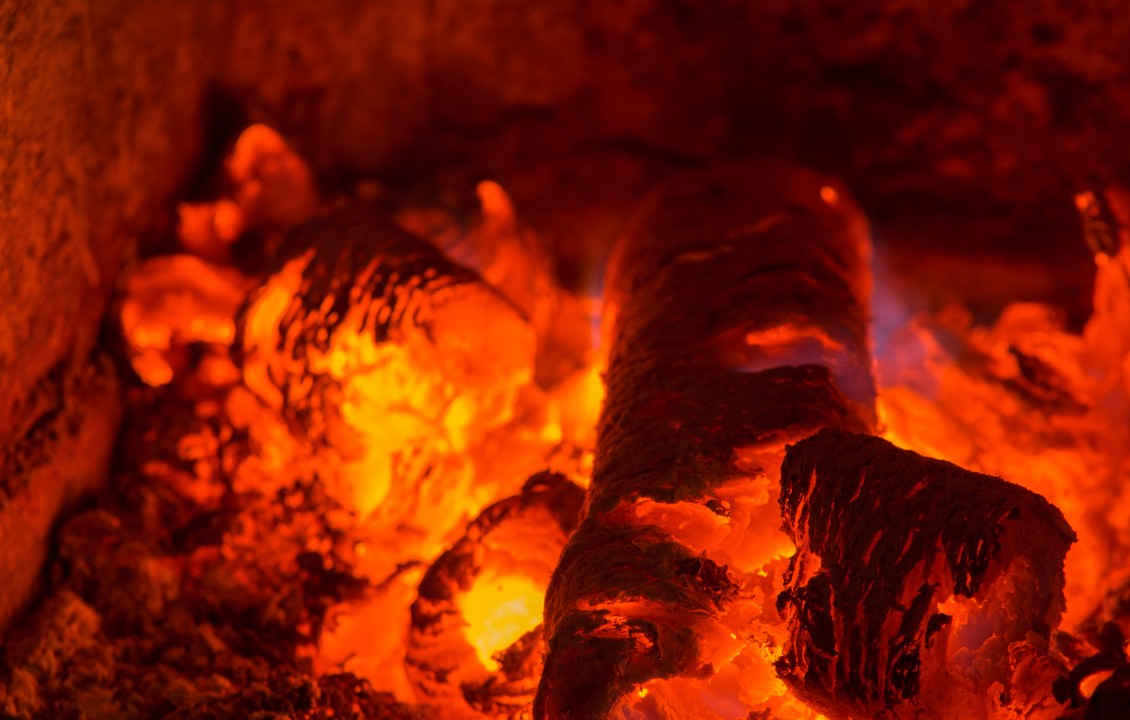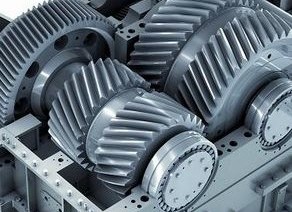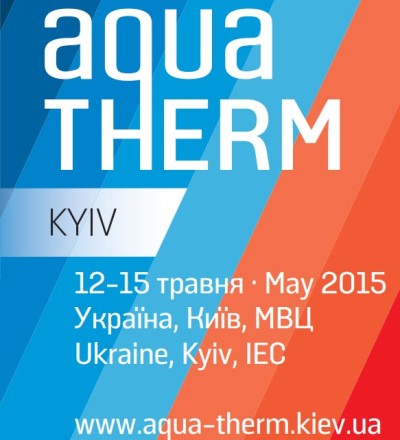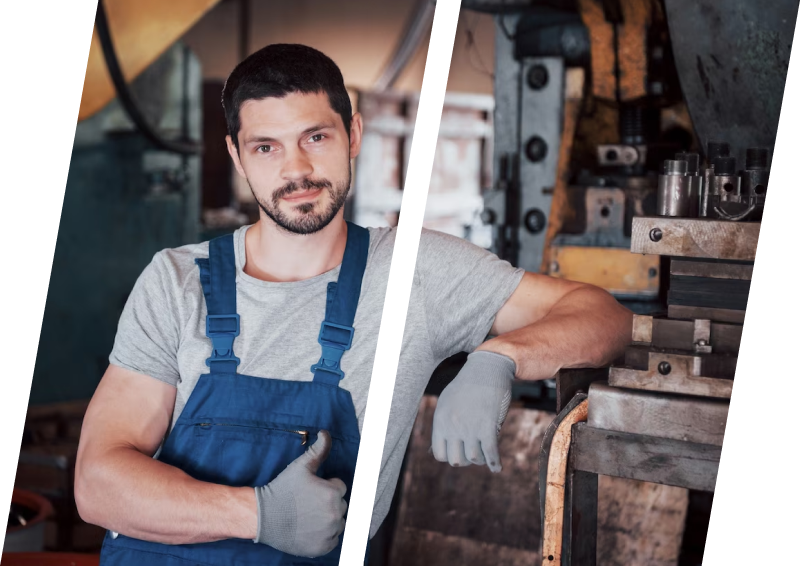We choose heating. What are the options?
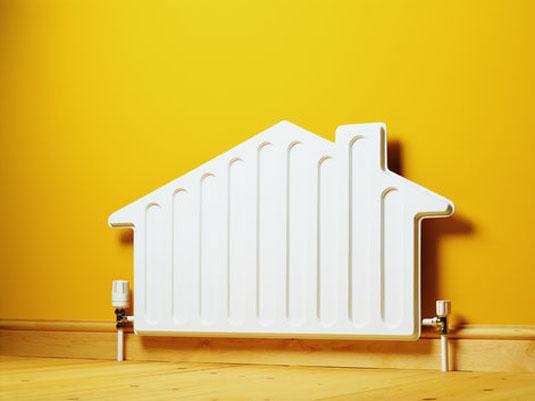
We choose heating. What are the options?
If you have a need to organize the heating of new premises, or you have decided to look for an alternative to the old heating system, we advise you to approach this issue thoroughly. Today, there are quite a few types of fuel, each of which has its own advantages and disadvantages in use. When it comes to designing a heating system, when choosing equipment and type of fuel, be guided primarily by key factors:
- availability of the raw material base – agree, it is not profitable to buy cheaper fuel that is far from your home or production, otherwise all the savings will go to its transportation;
- fuel prices – at the moment, this factor is the most decisive for our user;
- convenience in using a certain type of fuel – decide for yourself whether you are ready for physical labor and additional maintenance of the heating system, or whether you will agree to comfortable heating?
We decided to post basic information about the most common types of fuel, the features of their use in heating. So:
The most common type of heating is gas heating.
Advantages of using mains gas:
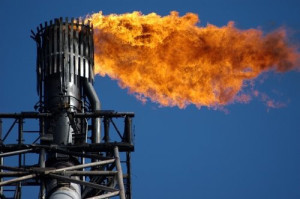
- The level of gasification of urban and rural areas is quite high, almost everywhere there is an opportunity to access gas communications. This explains the popularity of gas as the main type of fuel.
- When burning gas, a relatively high percentage of efficiency is achieved – up to 85%.
- Gas supply is almost uninterrupted.
- Gas boilers work automatically, their maintenance is limited to annual inspection and adjustment.
Disadvantages of gas:
- Price. The cost of gas for both the population and enterprises is constantly increasing. After all, it is very difficult to plan your expenses for the heating season.
- Although gas boilers are relatively cheap, the connection to the central GPS and all the permits will cost you quite a lot.
- Connection and current maintenance are carried out only by certified organizations.
- Despite the extensive gasification of populated areas of Ukraine, you may face the fact that you will have to pull gas pipes to the village where your country house is located. It is difficult to do it alone, mainly from the financial side. In advance, we advise you to enlist the support of fellow villagers and deal with the issue of gasification with joint efforts.
- Low gas quality, as well as unstable pressure in the system leads to failures in the operation of the heating equipment.
The use of electricity as a heating source also has its pros and cons.
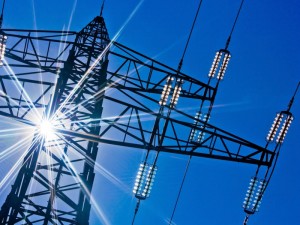
Advantages:
- Environmental friendliness – when using electrical heating equipment, there are no CO2 emissions and waste.
- Availability of this type of fuel. Ukraine produces sufficient amounts of electricity for consumption.
- You don’t even have to spend time looking for a power source – electricity goes to your house by itself.
- Small dimensions of electrical equipment, saving space.
- Ease of maintenance of the cauldron. Especially since you can adjust the temperature at the outlet.
- Regarding cheap equipment.
- Electric boilers have the highest efficiency – 99%.
Disadvantages:
- Electricity is the most expensive type of fuel for heating systems. And the use of electricity as a source of heat on an industrial scale is guaranteed to ruin the enterprise.
- Connecting heating electrical equipment requires a large number of permits and documentation.
- Due to frequent scheduled and unscheduled power outages, heating will be interrupted. Electric boilers are completely energy-dependent, so you should take care of an alternative source of energy – the use of a generator or a solid fuel boiler.
- The limited carrying capacity of distribution networks is another difficulty faced when planning electric heating. Boilers up to 6 kW (room heating up to 60 m2) can work on one phase. For boilers over 6 kW, 3-phase equipment is required.
Liquid fuel (fuel oil, diesel fuel)
Advantages:
- A liquid fuel boiler does not require a special permit for installation.
- Almost all heating equipment that runs on liquid fuel is equipped with automation – this guarantees ease of operation.
- Liquid fuel boilers are easily converted to other fuels. Yes, by simply installing a gas burner, you will ensure the operation of gas equipment.
- Combustion of liquid fuel has a high efficiency. If there are high-quality burners and liquid fuel, the efficiency can reach 95%.
- All combustion products meet environmental standards. As a result, environmental pollution is minimal.
Disadvantages:
- The main disadvantage of this type of heating is high fuel costs. In addition, the prices of oil products are constantly jumping. And in view of the irreparability of oil reserves, the tendency to lower prices in the future is not foreseen.
- Liquid fuel boilers should be placed in a specially equipped room, and a considerable area. The boiler room must be warm – otherwise the liquid fuel thickens and clogs the filters.
- When burning, liquid fuel emits soot, so we advise you to take care of a good hood in the boiler room. Another specific feature of the operation of a liquid fuel boiler is considerable noise. Immediately consider the need for sound insulation.
- The purchase, transportation and storage of liquid fuel require the presence of special devices, containers, and premises.
- Get ready for the fact that diesel fuel or fuel oil will bring you an unpleasant smell and dirt. In addition, leakage and spillage of fuel increase the risk of ignition.
- The use of a liquid fuel boiler depends on electricity. In case of power outages, the boiler will have to be started manually.
Coal of different brands
Advantages of coal heating:
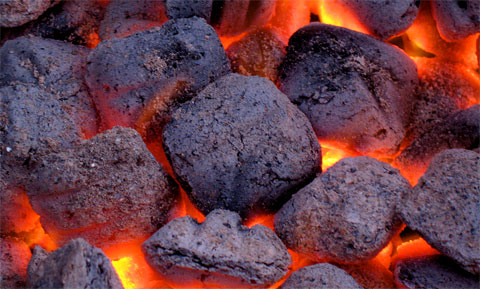
- High calorific value of coal and the ability to retain heat for a long time.
- Relatively low cost of heating.
- Coal is an available fuel in any fraction and any grade.
- Ease of fuel storage – coal can be stored outdoors under a canopy.
- Household waste can be burned in boilers together with coal.
Disadvantages of coal heating:
- To keep the heat constant, coal must be thrown into the furnace regularly (2-3 times a day).
- Coal has a high ash content (up to 35%), so you will have to regularly remove ash from the boiler (once every two days), as well as clean the chimney.
- The ash that remains after burning coal is highly carcinogenic, harmful and needs to be disposed of. To remove it, you will need a truck and the right to dispose of the ash at a landfill.
- When coal is burned, it emits by-products that are very dangerous and difficult to determine without specific gasification sensors.
- Unpleasant smell of burning coal in the area.
- Burning coal is not particularly environmentally friendly. The increased level of CO2 is your contribution to greenhouse gases when you choose this heat source.
- Ukrainian coal is not always of high quality, the non-burning fraction in some types of coal can reach 30%. As a result, we get a low calorific value, additional work to clean the equipment and more waste for disposal.
- Coal is a very “dirty” fuel. Coal dust, constantly flying in the air, pollutes the premises and enters the human respiratory tract. People with chronic diseases of the respiratory tract are extremely contraindicated to use a coal furnace.
Peculiarities of application in pellet heating
This type of fuel entered the market of Ukraine relatively recently and has already proven itself in the best way.
Advantages:
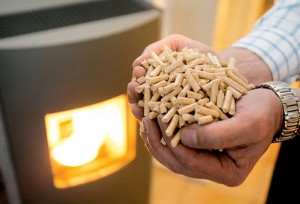
- Solid fuel boilers, as a rule, allow you to completely automate the process of feeding pellets to the furnace and cleaning the burner from the combustion waste that has formed.
- Effective control – the ability to adjust the temperature (with automation).
- Environmental friendliness – when burning pellets, the same amount of CO2 is released as from a street bonfire.
- Compared, for example, with coal, pellets have a low ash content (up to 0.5%). In addition, it is environmentally friendly, has a lot of useful micro- and macroelements and can be used as an excellent fertilizer.
- When burning pellets, the efficiency can reach 95-98%, depending on the type of raw material from which they are made.
- Switching the boiler to long-term burning will allow you to load fuel only twice a day, which entails convenience in maintenance and additional fuel savings.
- Depending on the power of the heating equipment, pellets can be used to heat huge rooms – up to 3000 m2.
- Fuel pellets take up little space for storage, do not carry a lot of dirt and are slightly prone to spontaneous combustion.
- There will always be a raw material base for fuel pellets. These are both wood waste and agricultural waste
Disadvantages:
- The need to maintain a warehouse for storing fuel stock.
- The large dimensions of the heating equipment will require a separate room for the boiler room.
- Sometimes you will have to clean pipes, grates and furnaces from combustion products.

